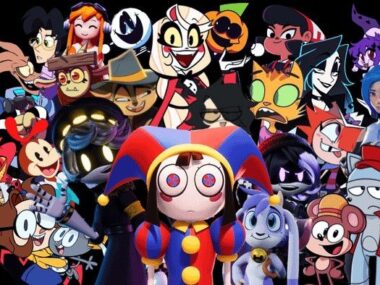A new survey by market research firm Circana has revealed something surprising about how Americans buy video games. 63% of U.S. gamers buy two or fewer games per year. Another 18% buy one about every six months, while 12% only buy one a year. A third of players say they purchase new games even less often than that.
At the other end of the spectrum, a small but powerful group stands out. About 14% of players buy one or more games every month. Within that group, 4% buy multiple titles per month. They’ll purchase deluxe editions, exclusive pre-orders, and limited-edition hardware. Circana’s report describes them as “hyper-enthusiast, price-insensitive” players. The ones willing to pay whatever it takes to get the newest experience first.
The Spending Gap That Shapes the Market
While that 14% sounds like a small number, they’re having a massive impact on pricing. Publishers pay close attention to where the money comes from. For years, these high-spending players have been the ones keeping $70 price tags alive.
If enough people are willing to spend big, the rest of the market will adapt. Developers can justify premium pricing, collectors’ editions, or expensive hardware because a dedicated minority consistently buys in. It’s why gaming keeps getting more expensive while most players wait for discounts or play free-to-play titles instead.
Free-to-Play and the New Economics of Gaming
Another report from Comscore adds some context. Although most players buy few games per year, 82% of American gamers made an in-game purchase last year. Even players who skip full-price releases are still spending. Just in smaller, recurring ways.
Microtransactions, skins, battle passes are the bridge between low-spending players and high-spending ones. Everyone contributes to the industry’s revenue, but in different ways. The 14% fund the premium side of gaming, while the rest sustain the free-to-play economy. Together, they’ve created a split system where affordability doesn’t mean spending less. It means spending differently.
The Industry’s Dependence on the Few
Circana analyst Mat Piscatella pointed out that for many people who follow gaming news closely, these findings might be surprising. That’s because the most vocal part of the gaming community are the ones who buy multiple games per month. They also tend to forget that they’re the minority. Most players simply don’t buy that often. The ones who do are the ones the industry listens to.
Can the Majority Change the Game?
How can the rest of the gaming community pressure the industry to make games more affordable, when you have a small segment keeping the status quo alive? As long as “price-insensitive” players continue to buy collector’s editions, companies have no reason to scale back.
Delaying purchases, waiting for discounts, or supporting fair-priced indie releases can help, but it’s slow. The industry is stuck in a loop where the minority with money drives decisions for the majority.
Gaming’s affordability crisis isn’t just about rising costs. It’s about who’s paying them. The industry listens to its highest spenders because they keep the system profitable. Everyone else is left hoping the value of a game eventually matches the price tag.






